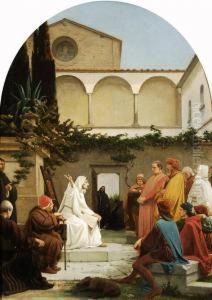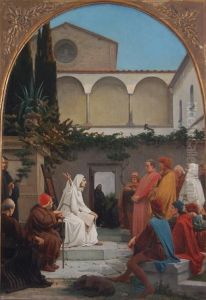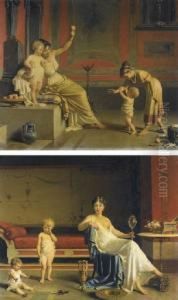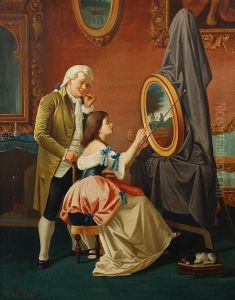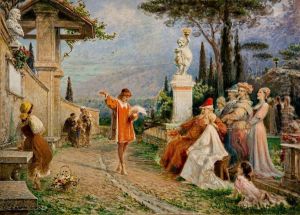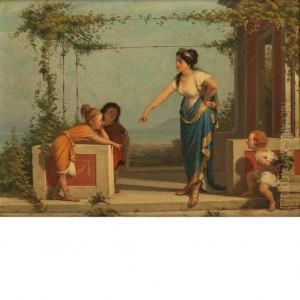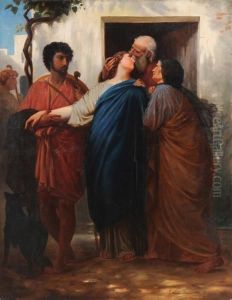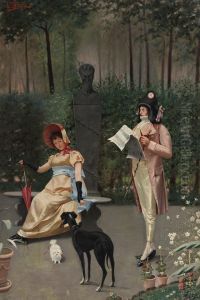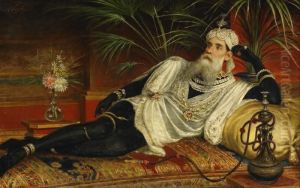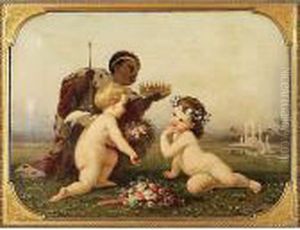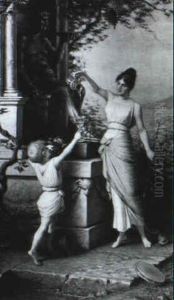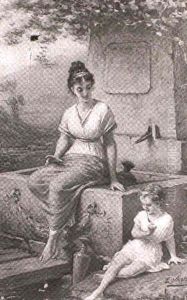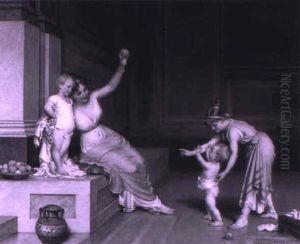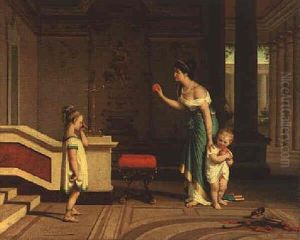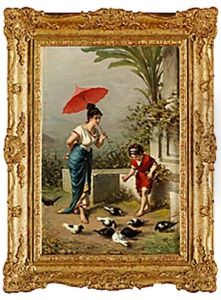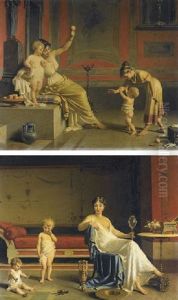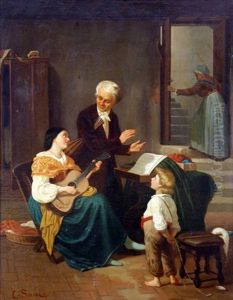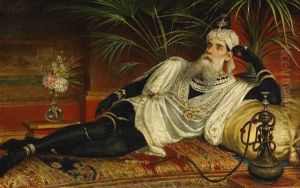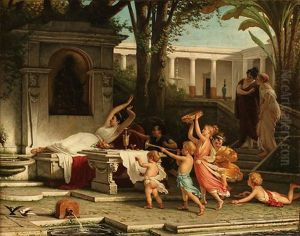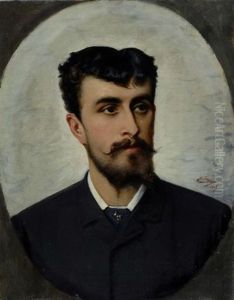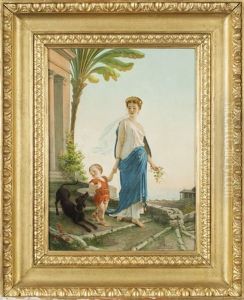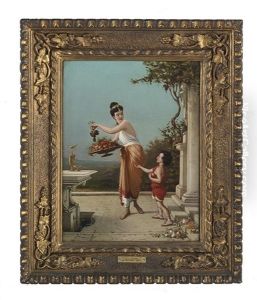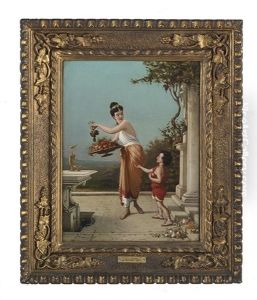Egisto Sarri Paintings
Egisto Sarri was an Italian painter, primarily known for his genre scenes, historical paintings, and portraits. Born on July 24, 1837, in Livorno, Italy, Sarri showed artistic promise from a young age. He initially studied at the Academy of Fine Arts in Florence, where he was influenced by the Macchiaioli, a group of Italian artists who were proponents of the macchia (Italian for 'spot') technique, emphasizing bold and loose brushwork.
Sarri's early works were characterized by an attention to detail and a fascination with light and shadow, elements that would remain prominent throughout his career. In the 1860s, he began to receive recognition for his work, which often depicted scenes of everyday life in Italy as well as historical events. His genre paintings, in particular, captured the customs and mores of Italian society with a blend of realism and romanticism.
Throughout his career, Sarri also painted several portraits, showcasing his ability to capture the psychological depth and individual character of his subjects. His historical paintings often reflected the political climate of Italy during the time of the Risorgimento—the period of Italian unification.
Egisto Sarri's work was exhibited in various Italian cities and received awards, further establishing his reputation as a skilled painter. His paintings can be found in private collections and museums in Italy and beyond.
Sarri passed away on November 9, 1901, in Florence. Despite being less well-known internationally than some of his contemporaries, Sarri's contributions to Italian art during the 19th century continue to be appreciated by art historians and collectors. His legacy is that of a dedicated artist who captured the spirit of his time with a keen eye for detail and a masterful use of light.
